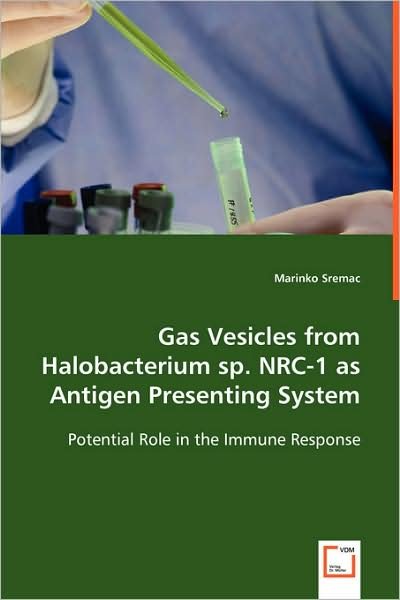
Tell your friends about this item:
Gas Vesicles from Halobacterium Sp. Nrc-1 As Antigen Presenting System: Potential Role in the Immune Response
Marinko Sremac
Gas Vesicles from Halobacterium Sp. Nrc-1 As Antigen Presenting System: Potential Role in the Immune Response
Marinko Sremac
The nature and evolution of antibiotic resistance in pathogens and the manifestation of pandemics such as HIV highlight the importance to develop alternative vaccine methods. The goal of this research was to generate and test a system, which uses micro particulate, proteinaceous, gas vesicles naturally produced by halophilic archaea. Genetically manipulated they display peptides coded by inserts of exogenous pathogen DNA. Highly organized and stable protein structures used for antigen presentation have intrinsic adjuvant activity. Using recombinant plasmids (gvpC/SIVsm) it was possible to express and accumulate the multiepitope display library; verify the incorporation of the SIVsm fragments into the exterior gvpC protein; evaluate functions in terms of eliciting specific immune response, and determine effects on cytokine production. The specified sequences tested in vivo, in a murine system, not in primates. The non-toxic Halobacterium sp. is tolerable for use both in oral and parenteral delivery. Therefore, this innovative system is important for epitope specific vaccine development and to the utility of the gas vesicles as a cost effective antigen presentation/delivery system.
| Media | Books Paperback Book (Book with soft cover and glued back) |
| Released | May 21, 2008 |
| ISBN13 | 9783639003109 |
| Publishers | VDM Verlag |
| Pages | 108 |
| Dimensions | 154 g |
| Language | English |
See all of Marinko Sremac ( e.g. Paperback Book )

 Christmas presents can be returned until 31 January
Christmas presents can be returned until 31 January

